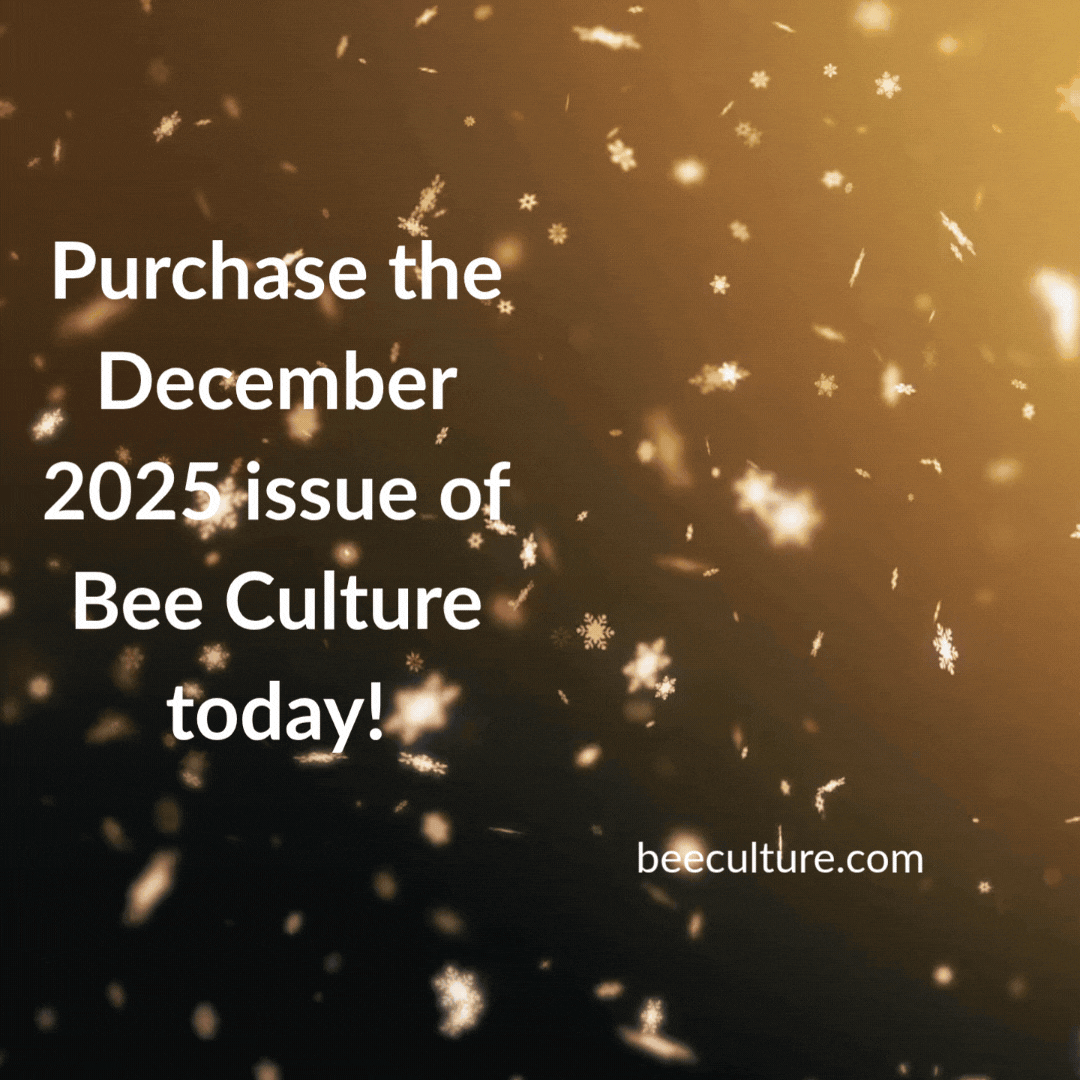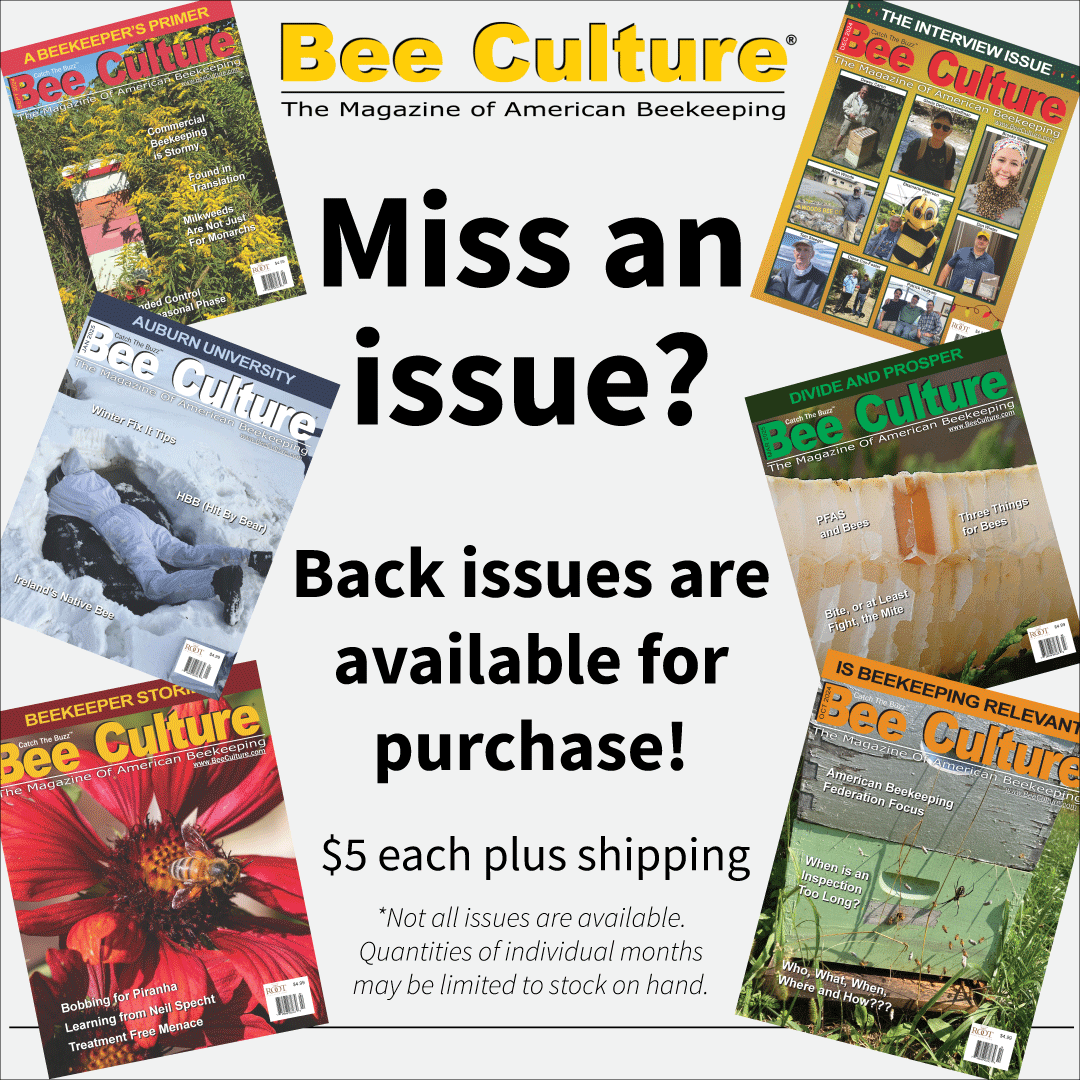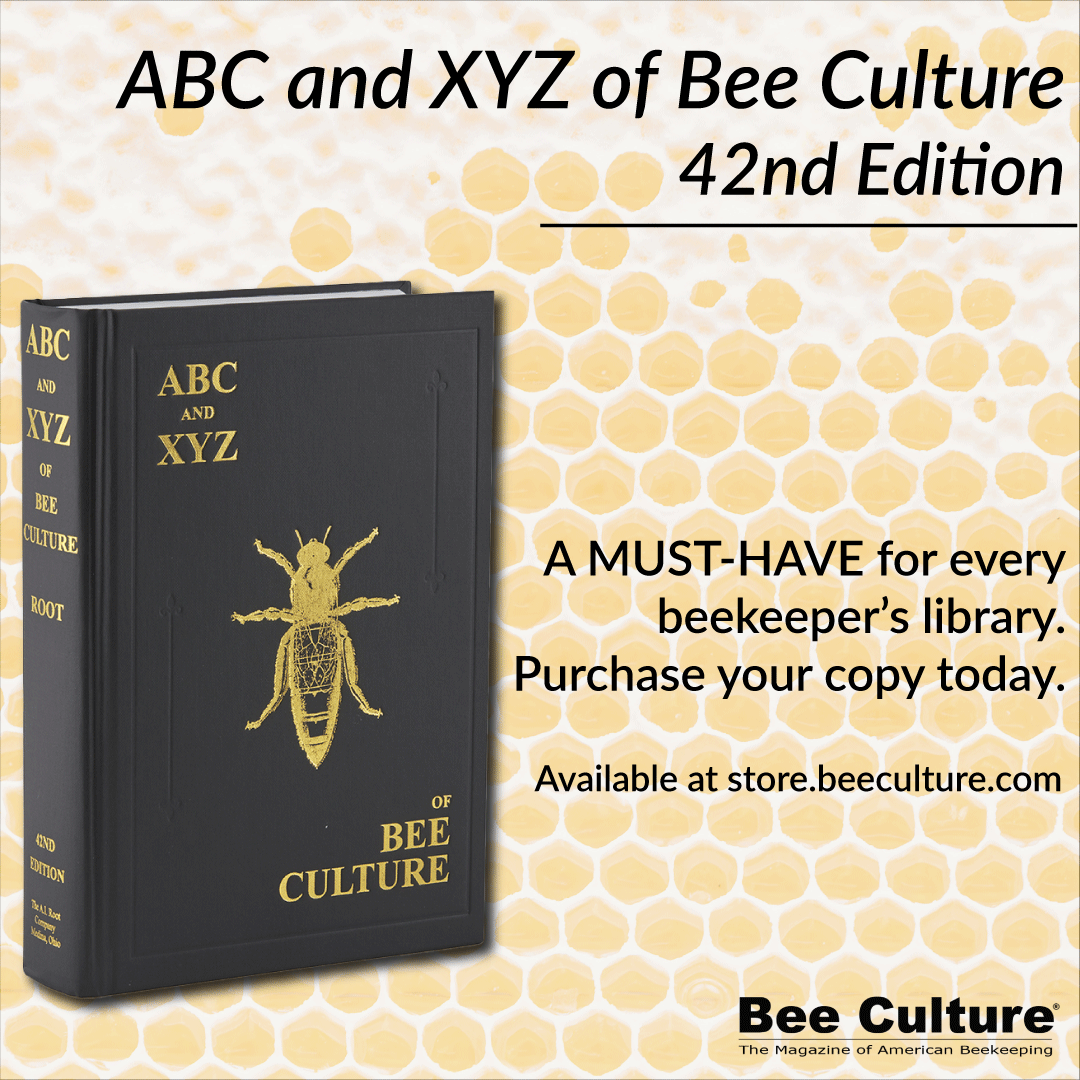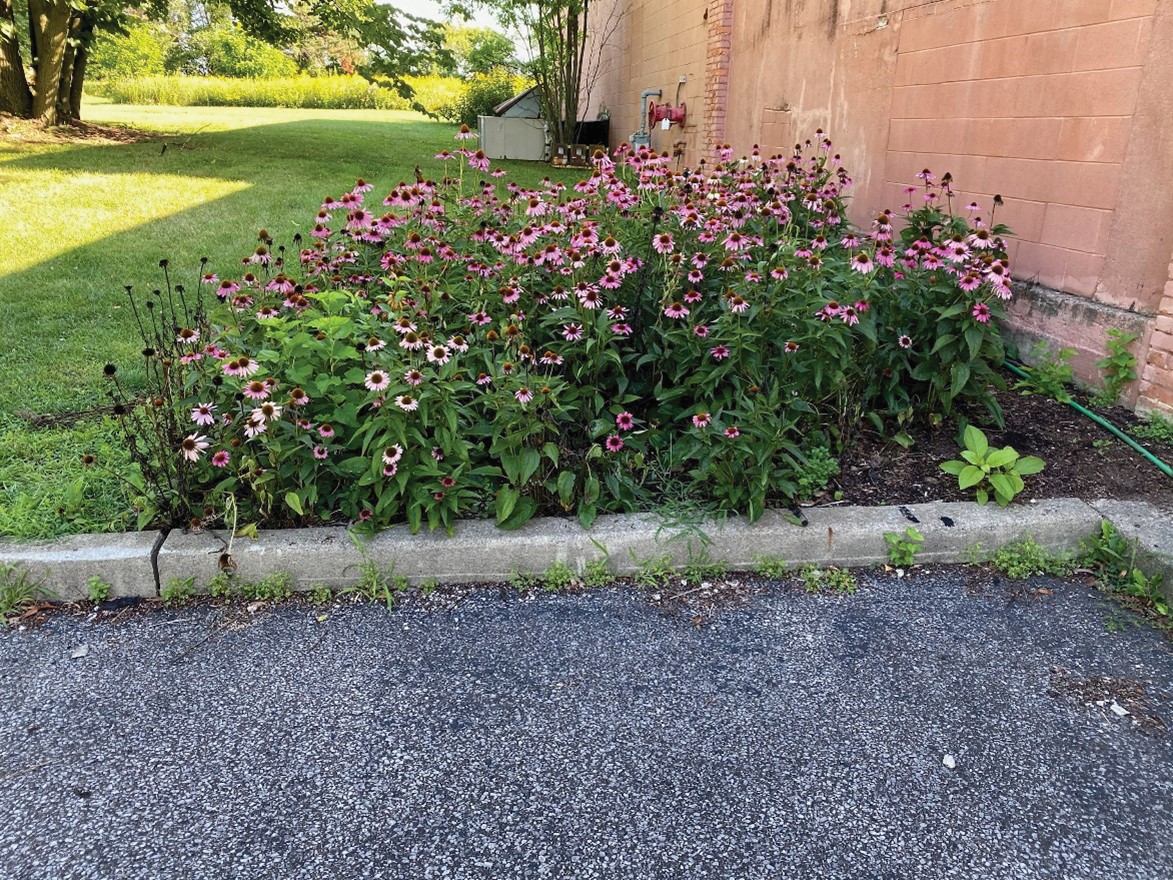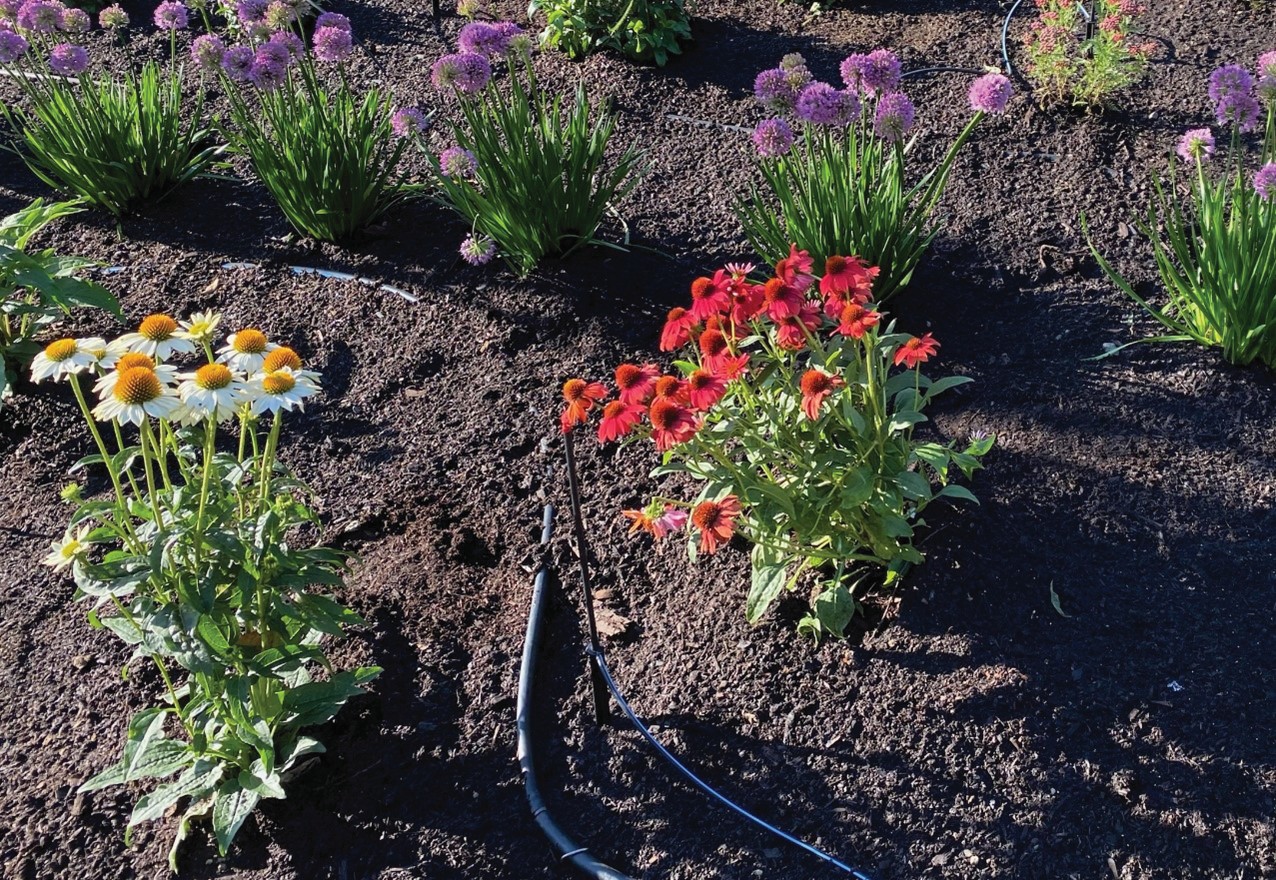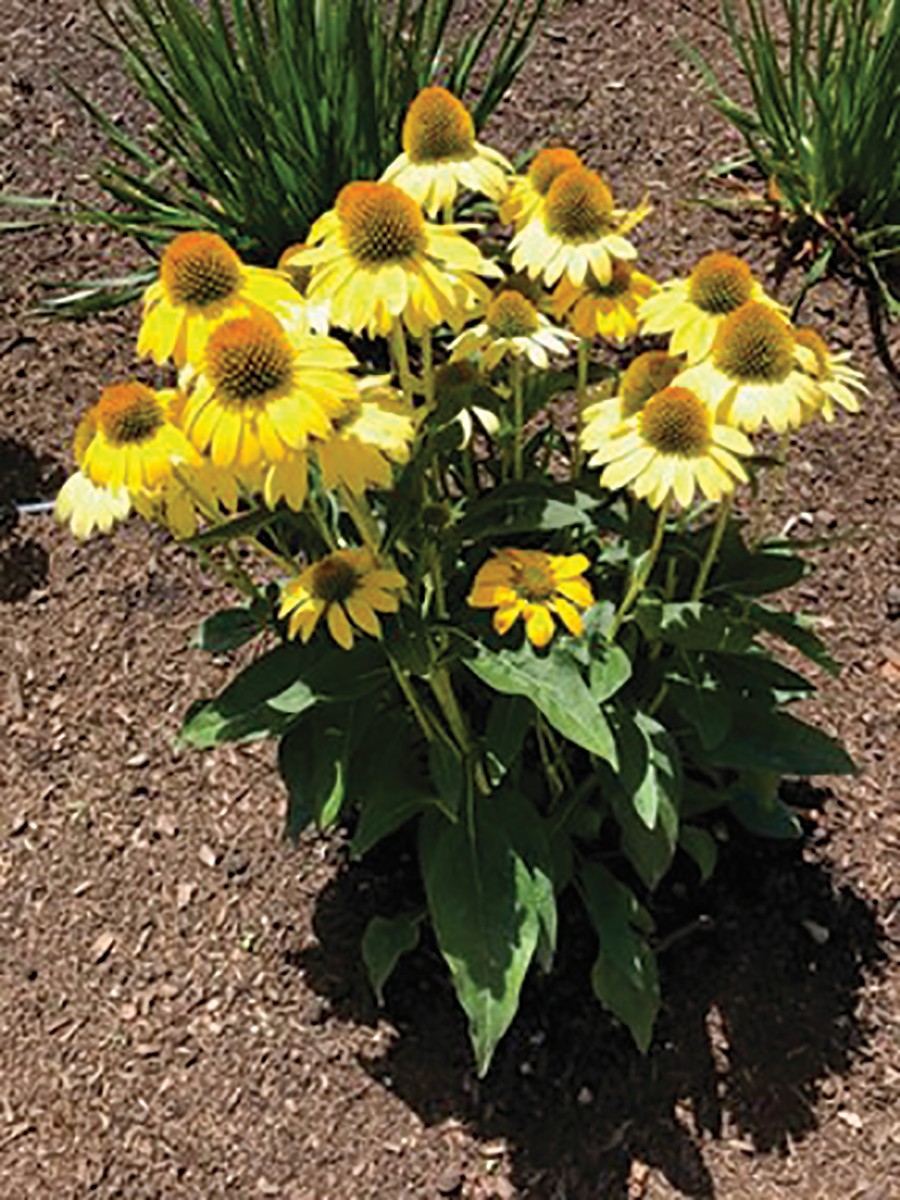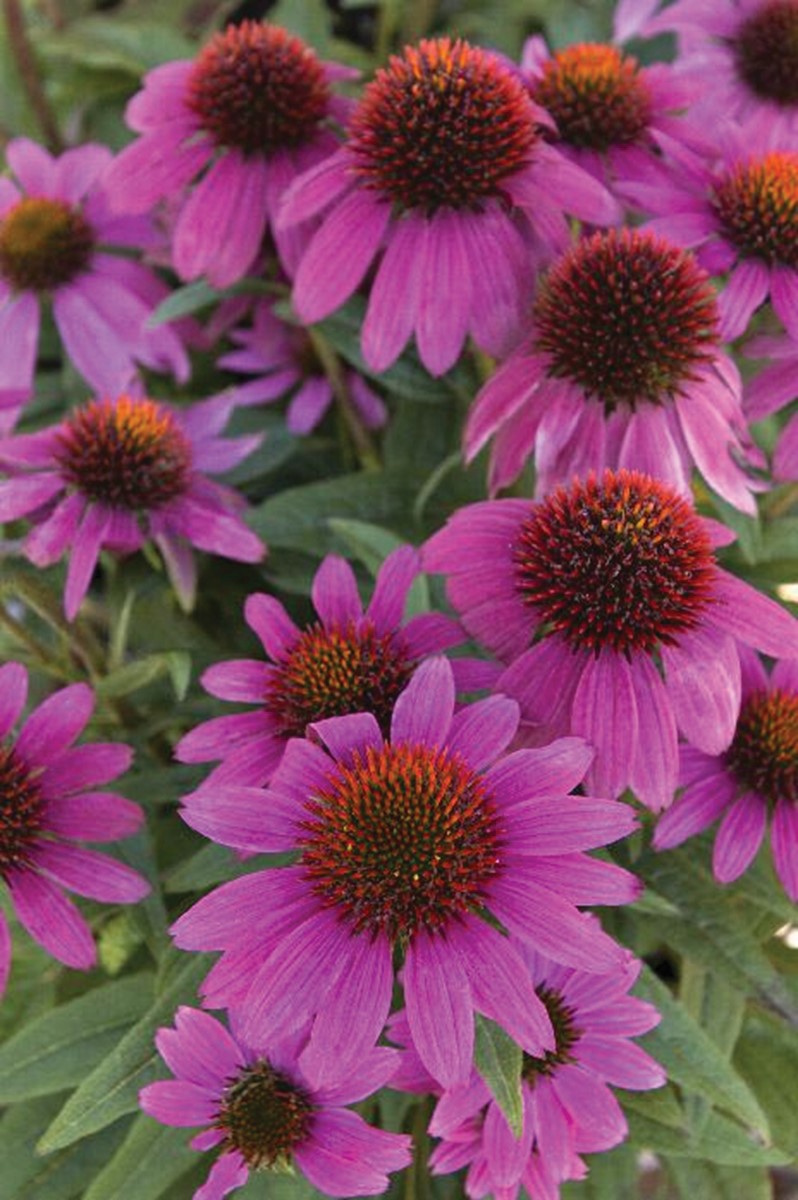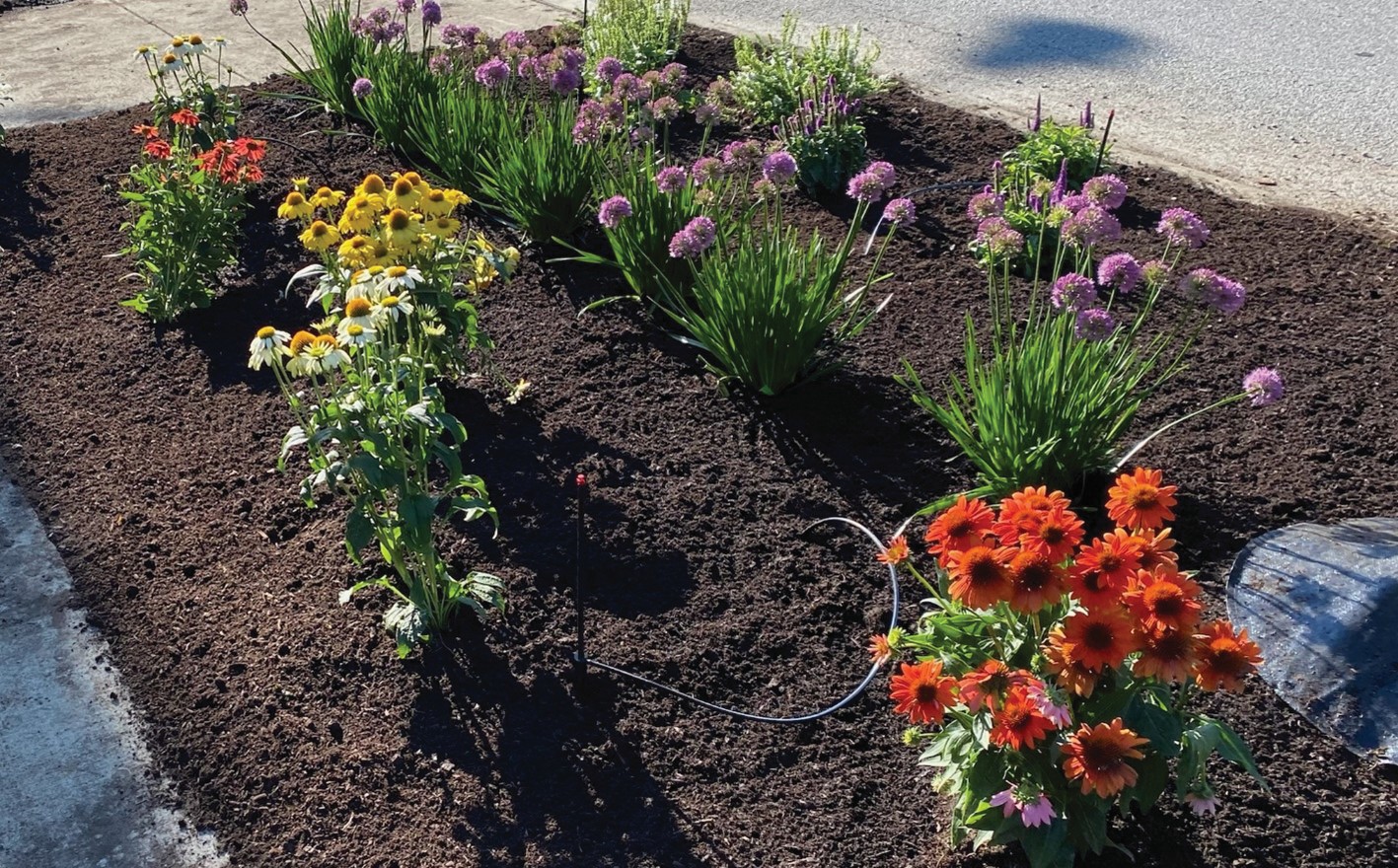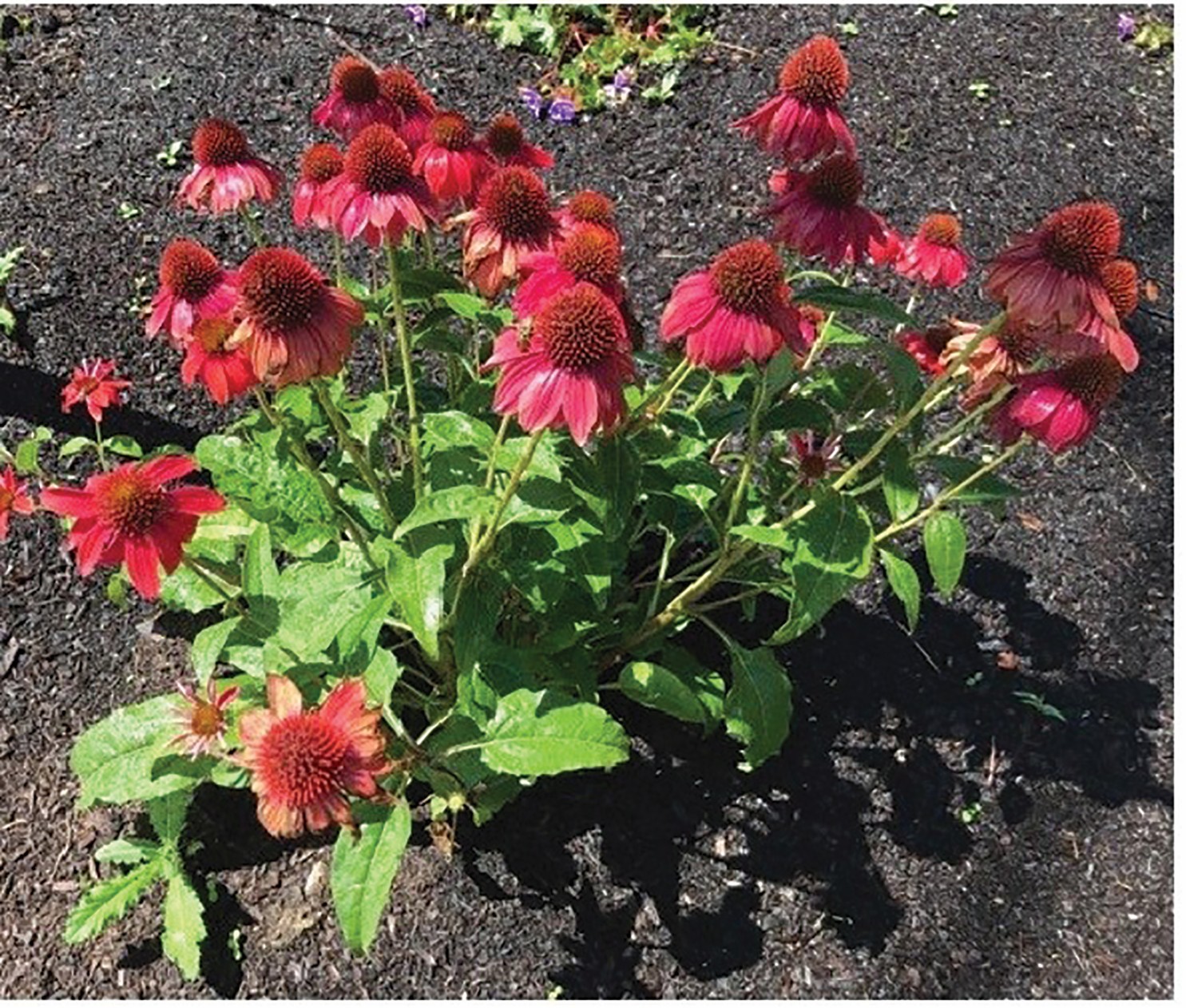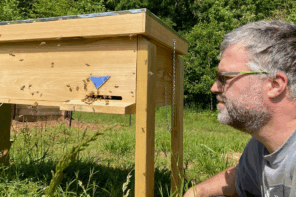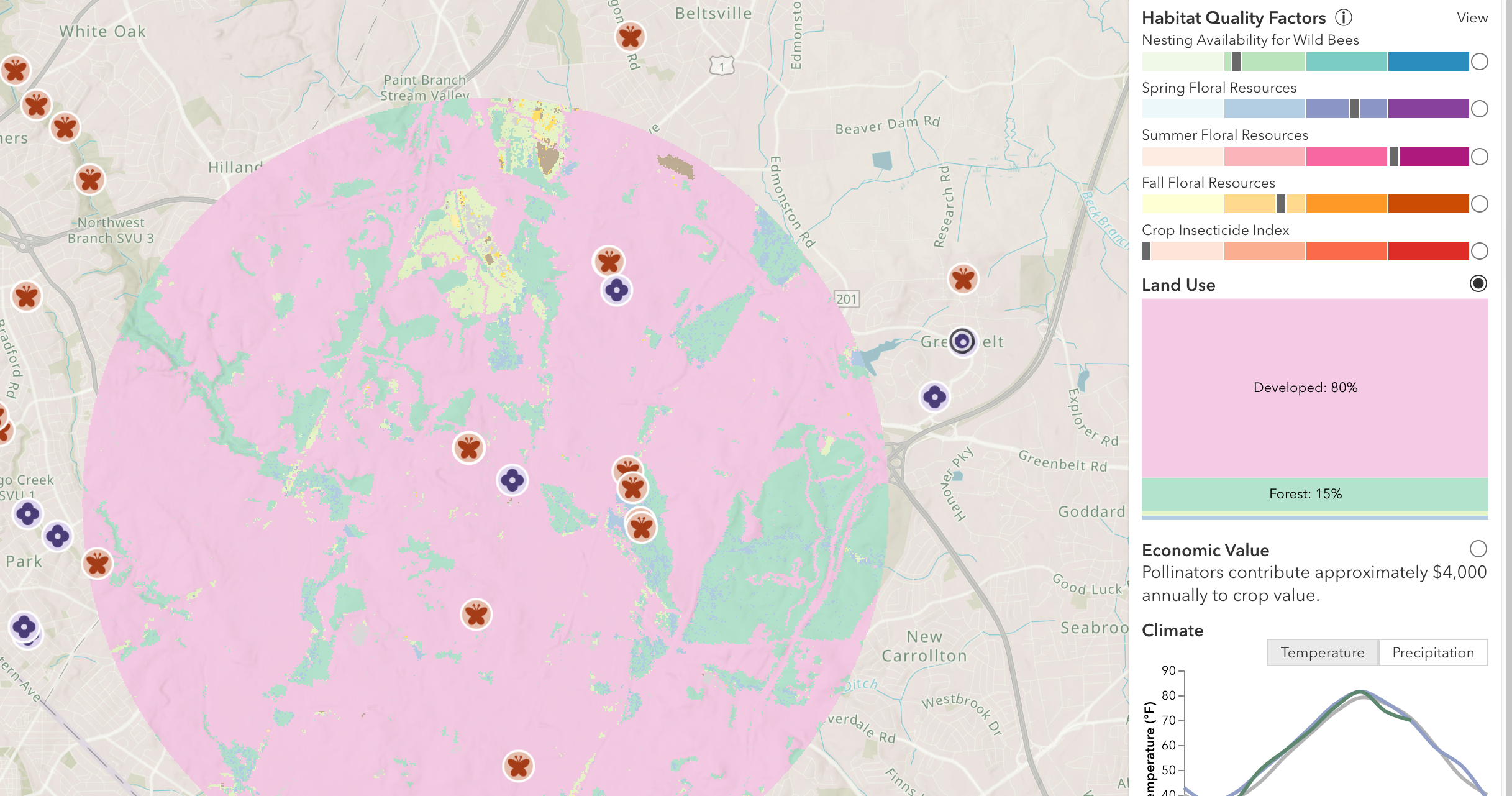Alyssum Flowers
No garden or landscape should be without coneflower, Echinaceae spp. due to its cheery flowers, rugged hardiness and perennial visitation of many pollinators and songbirds. Coneflower is a favorite because, being native to the Eastern United States, they are tough, drought tolerant, and somewhat deer resistant. Their stiff 3-4’ tall stems allow the flowers to rise above other flowers, giving the garden more dimension and interest. Multiple cultivars are available to blend in with any color scheme or stand out in bold colors and flower forms.
Nine species of Echinacea are known, all of which grow in North America. Native Americans of the Great Plains region used the plants as traditional medicine to prevent colds and fight infections. Echinacea is still commonly found in tea and herbal supplements and is a good source of vitamin C.
Mainly, coneflowers are grown for color and to attract bees, butterflies, hummingbirds and other pollinators. Coneflowers usually begin flowering in mid summer and will continue to flower until fall. If the seed heads are cut off after the first show, they will flourish with many more blooms. By late summer, allow some of the seed heads to remain as goldfinches and other songbirds feast on these seeds. The seeds will readily sprout to become new plants the following year.
Coneflowers can be purchased as seeds, rootstalk in early Spring or as potted plants. If planting from seed, start them two weeks before the last spring frost then transplant them outside in tilled soil, or plant them directly into the garden after all danger of frost has passed. Seedlings may take several years before they flower. The bareroot plants can be potted or planted directly into the soil. Make sure that the new plants do not dry out. Although coneflowers can grow in any soil, they perform best in rich, loamy soil and full sun. They do not flower well in the shade and become susceptible to powdery mildew in shady conditions.
Few pests bother coneflowers, although they can get some root and leaf diseases and a stem cutting weevil has been seen. An eriophyid mite can cause the ray flowers to become short and distorted. Do not spray coneflowers before or while they are flowering (so that pollinators are not harmed by the insecticide), instead, cut and discard affected stems and flower heads.
Although the purple coneflower is the most common, Echinacea can be found in many colors and unusual petal shapes which makes this perennial adaptable in any style garden. A.I. Root has several pretty cultivars, Echinacea purpurea PowWow White, E. PowWow Wild Berry, E. Sombrero Adobe Orange, E. Sombrero Lemon Yellow, and E. Sombrero Salsa Red. All have large, cone shaped centers and dozens of long oar-shaped petals.
Try some coneflowers in your landscape and be prepared to be amazed and impressed. Note that many pollinators and other insects love the flowers. Take pictures, instead of killing unknown insects. Most of them are beneficial.
References
https://www.gardenia.net/plant/malus-adams
https://www.englishgardens.com/weeping-madonna-flowering-crab/
https://www.jfschmidt.com/introductions/royalfountain/index.html
https://www.monrovia.com/powwow-174-wild-berry-coneflower.html
https://bygl.osu.edu/node/816
https://www.wildflower.org/plants/result.php?id_plant=ecpu
http://www.missouribotanicalgarden.org/PlantFinder/PlantFinderDetails.aspx?taxonid=293472
https://plants.ces.ncsu.edu/plants/echinacea-purpurea/
https://www.almanac.com/plant/coneflowers


